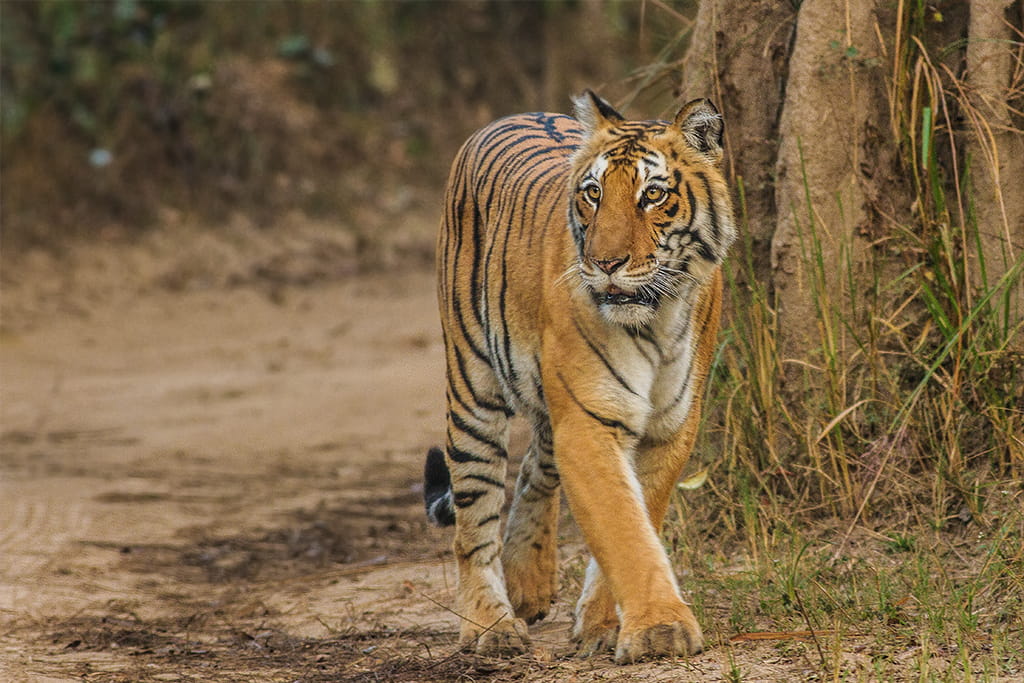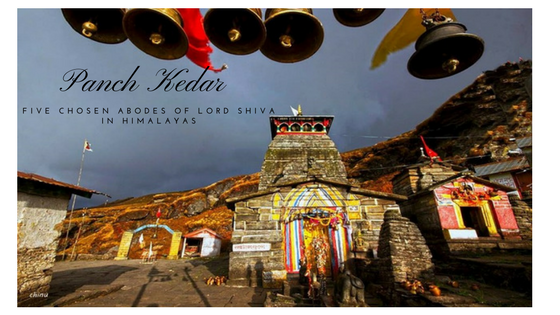Are you really stressed and bogged down because of your disturbed family life and tedious work pressure?
If yes, then I would suggest you go on a birding spree. What? You think that’s a boring idea?
Well, it’s not just you; there are several people who think that bird watching is boring and not a fruitful activity.
But in reality, this is really going to help you break free from all the stress (work or home related) that has been bothering you for months! Wondering where did I come to know about the benefits of bird watching? Well, I came to know about this from a friend of mine, who is a clinical psychiatrist. She said- “Bird watching is an awesome hobby that is beneficial to your health and happiness. It’s much more than just an aesthetic treat.” After she said this to me, I immediately packed my bags and set out for a birding voyage. And trust me, it really helps! So, if you really want to flush all your stress, please go on a birding tour.

Wondering, where should you go on a bird watching tour? Well, that depends on your choice. But, if you want to visit a place that’s not just well-known for being a home to several species of birds but also for its scenic beauty and tranquillity, then please visit Yunnan Province by booking a China birding tour package from a well-known travel company. But before that, there are a couple of questions that you need to ask the travel agency.
Thinking what kinds of questions should you ask them? Well, below I have listed the two sets of questions that you must ask the travel agency that is arranging Yunnan Birding Tours.

Set 1: Questions to Ask About the Company
- “Are You a Registered Company?”
Before you book a Yunnan bird watching tour package from a travel agency, the first and foremost thing you need to ask them is whether they are registered or not. In case they are not, please find some other company.
Choosing a registered company is a must because after all, you are about to visit a different country and obviously, you wouldn’t want to end up being trapped by a team of frauds.
- “Can You Provide Testimonials?”
The next question you must ask is if the company can provide client testimonials or not so that you can get a fair idea about what their previous customers have to say about their package, their guides, etc.
However, in case they are unable to provide testimonials, please make sure you ask them to share the link to a website (such as TripAdvisor) where their online reviews and ratings are posted.
Set 2: Questions to Ask about the Package
- “Is the Package Inclusive of Food, Lodging and Travelling?”
The first package oriented question that you need to ask the travel agency is whether food, lodging and travelling are included in their package or not. If anyone of these three things is not included, then please do not book a birding package from that particular company. Why? Of course, because, these three things are the most important or rather, the staple elements of a tour package! If one is missing, you’ll have to spend double once you reach the destination.
- “Is the Package Inclusive of the Guide’s Fee?”
If the travel agency from which you are thinking of purchasing Yunnan birding tours packages is charging separate fees for the guide, which you’ll have to hand over to them after reaching Yunnan, then please refrain from hiring that company. Instead, you must always choose a company that has the guide’s fee included in the travel package.
So now, what are you waiting for? Get in touch with a travel agency that you have in mind, ask these above-mentioned questions and then, decide if they are worth choosing or not. And for more articles on birding tours, keep following me!
You may also like to read Jim Corbett National Park













